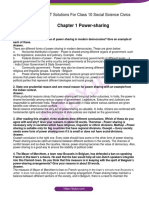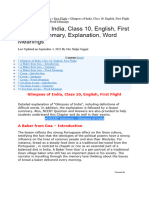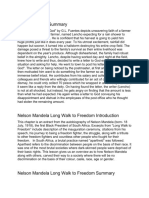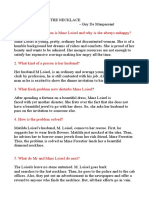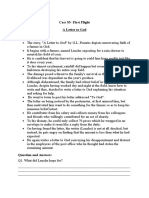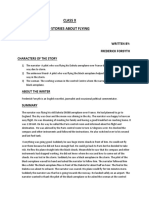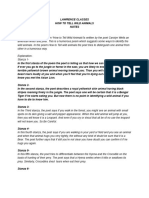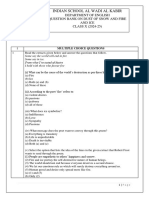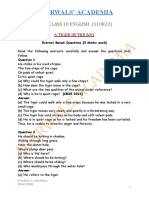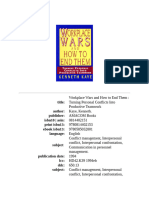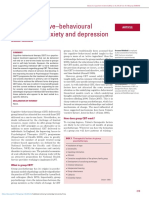0% found this document useful (0 votes)
2K views22 pagesClass 10 English Poems Complete Notes
The document provides complete notes on ten English poems studied in Class 10, summarizing each poem's themes, meanings, and important questions. Key poems include 'Dust of Snow' by Robert Frost, which highlights the impact of nature on mood, and 'The Tale of Custard the Dragon' by Ogden Nash, which conveys that true courage is demonstrated through actions. Each poem is accompanied by word meanings, NCERT solutions, and important questions for further understanding.
Uploaded by
sameerchopra123489Copyright
© © All Rights Reserved
We take content rights seriously. If you suspect this is your content, claim it here.
Available Formats
Download as PDF, TXT or read online on Scribd
0% found this document useful (0 votes)
2K views22 pagesClass 10 English Poems Complete Notes
The document provides complete notes on ten English poems studied in Class 10, summarizing each poem's themes, meanings, and important questions. Key poems include 'Dust of Snow' by Robert Frost, which highlights the impact of nature on mood, and 'The Tale of Custard the Dragon' by Ogden Nash, which conveys that true courage is demonstrated through actions. Each poem is accompanied by word meanings, NCERT solutions, and important questions for further understanding.
Uploaded by
sameerchopra123489Copyright
© © All Rights Reserved
We take content rights seriously. If you suspect this is your content, claim it here.
Available Formats
Download as PDF, TXT or read online on Scribd
/ 22




